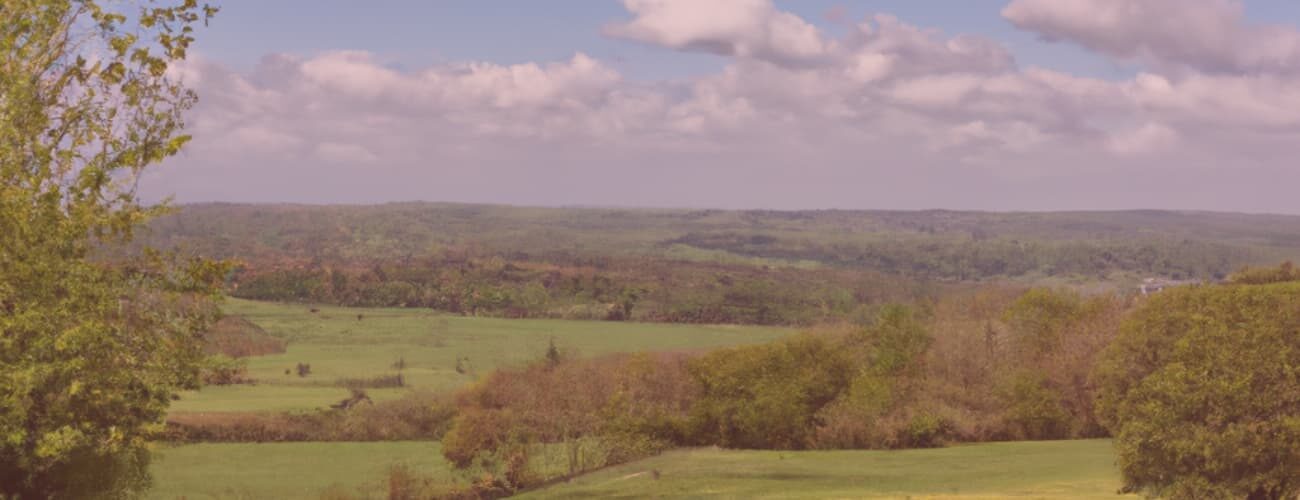Film Location for: Malham Manor in Midsomer Malham („The Oblong Murders“), Melmoth Hall in Midsomer Oaks („Murder by Magic“), Apley Court in Granville Norton („The Sting of Death“), and Munro Hilliard’s home in Midsomer Malham (“Orchis Fatalis”)
Film location for Midsomer Murders
Overlooking the Chess Valley, Chenies Manor in Chenies, Buckinghamshire is a Grade I listed building and has been on the National Heritage List since 22 December 1958. The Chenies Manor House is strategically situated on the border of Buckinghamshire and Hertfordshire.
The Tudor house has so far been used as a filming location for three episodes of our beloved series, namely
- Munro Hilliard’s home (S08E03: Orchis Fatalis)
- Malham Manor, Midsomer Malham (S14E04: The Oblong Murder)
- Melmoth Hall, Midsomer Oaks (S16E02: Murder by Magic)
- Apley Court, Granville Norton (S21E03: The Sting of Death)
As the home of Sir Hugo Melmoth, it is linked to Midsomer’s history around 1800, when Sir Hugo lived and wreaked his murderous havoc – until he was killed in the same way by the people of Midsomer Oaks on 23 June 1802. (See Midsomer Chronology for 1802.)
And let’s face it: a little time travel for DCI Barnaby and an episode about Sir Hugo killing unloved people on Midsummer’s Eve, disguised as a baggage ceremony – that would make an excellent episode too, wouldn’t it?
But let’s take a look at the history first:
History of Chenies Manor
Archaeological evidence suggests that the area around Chenies was settled in Roman times. In particular, a 1st-4th century Roman villa has been identified to the north-east of the present church. Historical records suggest that a building existed on the site as early as 1165, when the settlement was known as Isenhampstead. However, it is conspicuously absent from the Domesday Book, leading scholars to suggest that it may have been part of the manor of Chesham. But this place overlooks a very long history.
The Cheyne family
The Cheyne family are thought to have held the land from around 1180, with Alexander Cheyne being the earliest recorded owner in the 13th century. The name “Cheyne” is of French origin. Alexander’s son, Sir John Cheyne – who served as Sheriff of Buckinghamshire and Bedfordshire from 1278 – accumulated considerable debts, and on John’s death in 1285 the property was seized by King Edward I to meet these obligations. The house served as a royal palace for eleven years.
In 1296 King Edward I leased it back to a member of the Cheyne family, Bartholomew Cheyne. By 1321 the house was known as Isenhampsted Chenies. The place name ‘Isenhampsted’ has been subject to various Anglo-Saxon etymological interpretations: it could mean ‘Isela’s homestead’, ‘Isa’s homestead’ or ‘homestead on the Isene’, if indeed the River Misbourne was once known as ‘the Isene’.
The Cheynes retained ownership until a widow in their lineage died without heirs. Agnes Cheyne, a childless widow in the family, bequeathed the property to her niece Anne Semark in 1510 and then to her granddaughter Anne Sapcote in 1526. Anne Sapcote took Chenies into her second marriage to John.
The Russell family
This family came into possession of Chenies in 1526 and retained ownership until the 20th century, although it ceased to be their main residence after 1627.
John (c. 1485-1555) served under Henry VII, Henry VIII and Edward VI. He received several royal visits from the second-named – often accompanied by a retinue of around a thousand men – and acquired neighbouring estates such as Amersham from him. From 1530 to 1550, John invested heavily in his property to accommodate these royalty visits and his growing political influence. His acquisitions after the Dissolution of the Monasteries included areas such as Covent Garden. His various roles included Lord High Admiral (1540-1552) and Lord Privy Seal (1542-1555) under Henry VIII and Lord High Steward for Edward VI in 1547. He was made Earl of Bedford in 1550 in recognition of his services.
Francis (c.1527-1585) experienced a period of exile for his support of Lady Jane Grey, but regained favour under Queen Elizabeth I in 1558.
All haywire for Chenies Manor
During the 1560s, he further extended his property, which hosted Queen Elizabeth I for four weeks in July 1570 and served as the meeting place for the Privy Council in 1592. Despite these improvements, Francis ran up debts which were not paid off during his lifetime; on his death in 1585, the property briefly reverted to royal hands.
Francis’ descendants gradually moved their seat between about 1550 and 1650 to Woburn Abbey – a Cistercian abbey founded in 1145 – following its dissolution in 1538. After the death of Francis, and with Woburn Abbey becoming their central residence, Chenies Manor House remained unoccupied and unfurnished.
During the Civil War, the Roundhead William Russell allowed Chenies Manor to serve as a base for a garrison of Parliamentarians. However, following their support for the royal family during the Glorious Revolution, the family regained their position with the royal family to such an extent that they were created to Dukes of Bedford.
Decline and Leasehold Periods
We now come to the period when the estate, with its reputed priest hole and medieval well in Midsomer, would have been the home of Sir Hugo Melmoth: the late 18th century. Unfortunately, we do not know what the house looked like at this time.
Sadly, Chenies was anything but grand. The English writer, politician and artist Horace Walpole, who visited in the mid-18th century, particularly in the 1750s, expressed his disdain for its condition and suggested that it might be in need of immediate demolition. No Sir Hugo in sight, otherwise the founder of the Gothic novel would surely have been delighted with the (hi)story about him.
But Horace Walpole, Earl of Orford, was also the founder of the English landscape garden. What would he have said about the award-winning gardens – the Physic Garden, the Sunken Garden and the White Garden – famous for their variety of tulips and the topiary?
The Macleod Matthews family
Chenies Manor House was sold in the mid-1950s to settle the death duties and was purchased by Colonel and Mrs Macleod Matthews and has since been used primarily as a private residence.
Chenies Manor is open to visitors to the public between April and October on Mondays and Tuesdays from 2pm to 5pm. Admission is £12 for adults with access to the house and garden (£7 for children) or £7 for access to the garden only (£4 for children). Guided tours take place every fifteen minutes and last approximately forty-five minutes; in addition, there are regular events during these months which are open to the public. Private wedding ceremonies can also be arranged at this historic venue.
The renowned architectural historian Nikolaus Pevsner described Chenies Manor House as both aesthetically pleasing – “beautifully gentle under the trees by the church” – and archaeologically challenging – a “fascinating puzzle”. The British television programme Time Team explored this historic site in series twelve, episode one (first broadcast on 2 January 2005), further underlining its historical significance.
🤓 Read more about Midsomer Murders & History
The Chronology of Midsomer County by Year or by Episodes
Deep Dives into Midsomer & History
This is an independent, non-commercial project. I am not connected to Bentley Productions, ITV or the actors.
Sources
I recommend “Chenies Manor” by The Buckinghamshire Gardens Trust Research & Recording Project, June 2015.
First published on MidsomerMurdersHistory.org on 10 August 2025.


2 thoughts on “Chenies Manor House, Buckinghamshire, in Midsomer Murders”